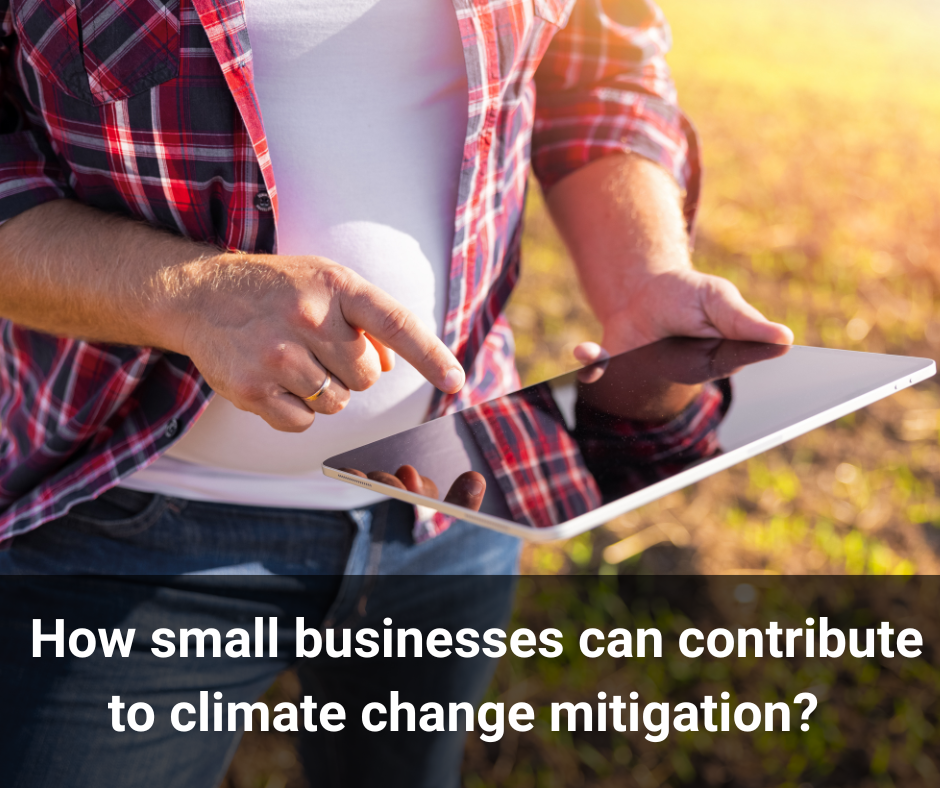“A world of 8 billion: Towards a resilient future for all – Harnessing opportunities and ensuring rights and choices for all” is the theme for the World Population Day 2022. The world population still stands around 7.8 ~ 7.9 Bn. But it is expected to exceed 8 Bn within the current decade.
Even though it is not the sole reason, the exponential growth of human population within the last few decades has played a major role in depriving planet Earth of its ability to sustainably retain life. Coupled with consumerism, it has paved way to the climate change which now has initiated a negative feedback loop of severe natural disasters, famine, poverty, etc. Even if we retain all other factors at the present levels, increment in global population will inevitably mean increased overall consumption and pollution.
In this light, we also must consider the demography of population distribution and what it means in regard of pollution and climate change. Before the turn of the millennium, it was China that showed the population boom and the countries of global north also showed a growth of population. However, within the last decade or so, the tables have turned, and the developing nations of South Asian and African regions show the highest population growth.
Even though sustainable practices are proven to be much economical and to reduce stress on resources than the conventional practices, it can be observed that still, only the developed nations have taken sustainability practices mainstream. Even though some developing nations have taken up the sustainability practices to differing degrees, they are still reluctant in making it mainstream.
Two key reasons can be identified for this reluctance; firstly, the unawareness of the perks of going sustainable and secondly, absence of capital to make the switch. These two reasons act at two tiers; societal and individual. Not having government regulations to build green, for proper waste disposal and meaningful environmental protection are some examples for not taking up sustainability at a societal level. This may be because the governing bodies are unaware about the sustainable practices and their benefits. But also, may be because they do not have the capital to make the switch even if they are well aware.
In the other hand consider an individual buying polythene wrapped food rather than cooking themselves. Maybe he/she does not know the implications of the practice to themselves or the environment. In the other hand maybe they know the implications, but their accommodation does not have the facilities to cook, and they do not have the financial background to move to a place which have the facilities. Thus is the dilemma of the developing nations and their citizens. However, had they made the switch from conventional to sustainable, the long-term strain would have been much less. Specially as the growing populations add up to the strain significantly. Hence it is high time that we as a global community take the stand to implement sustainability regardless how hard it may prove.




